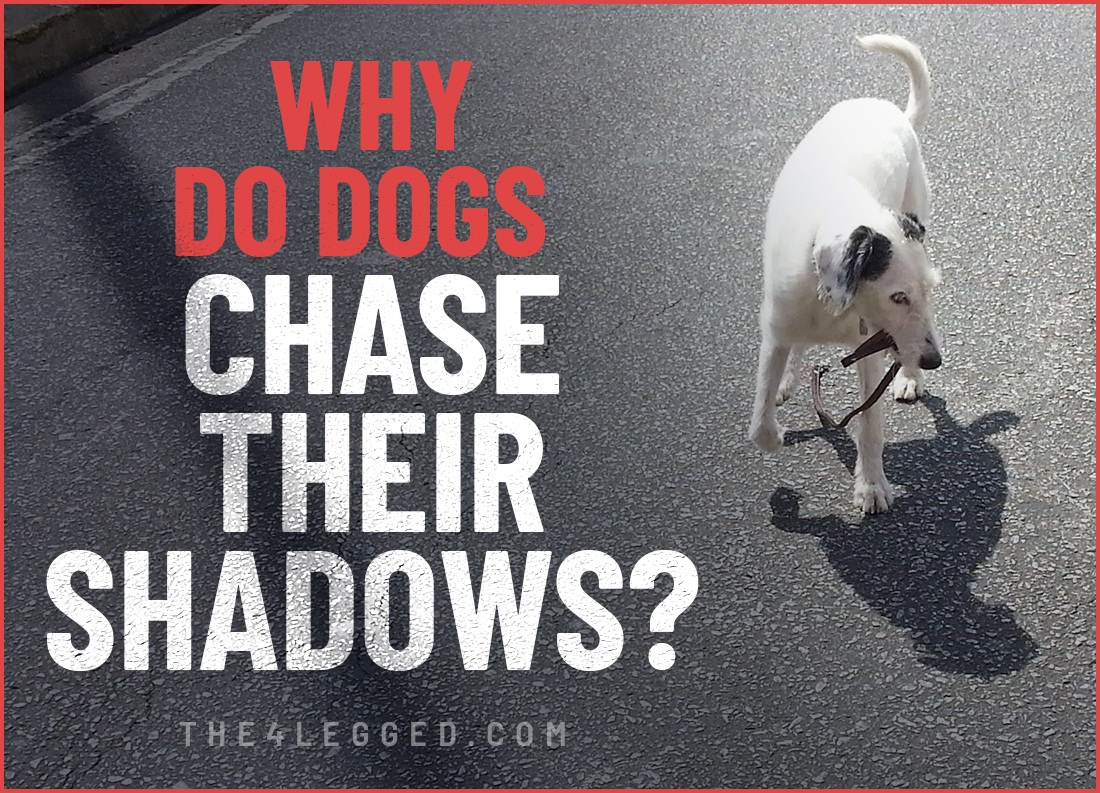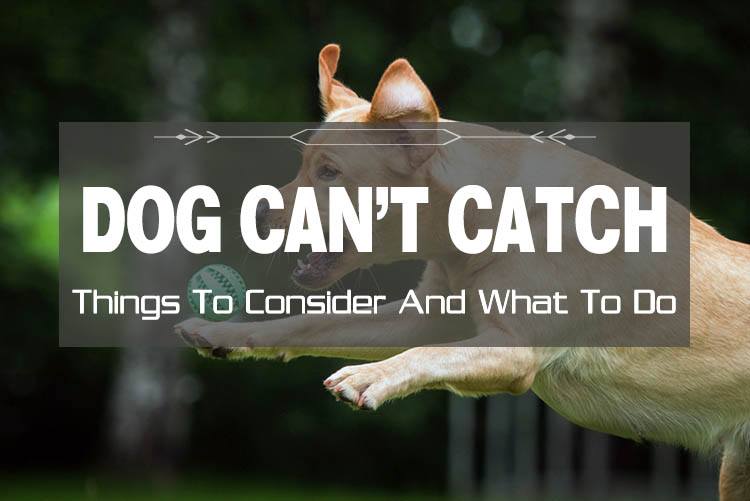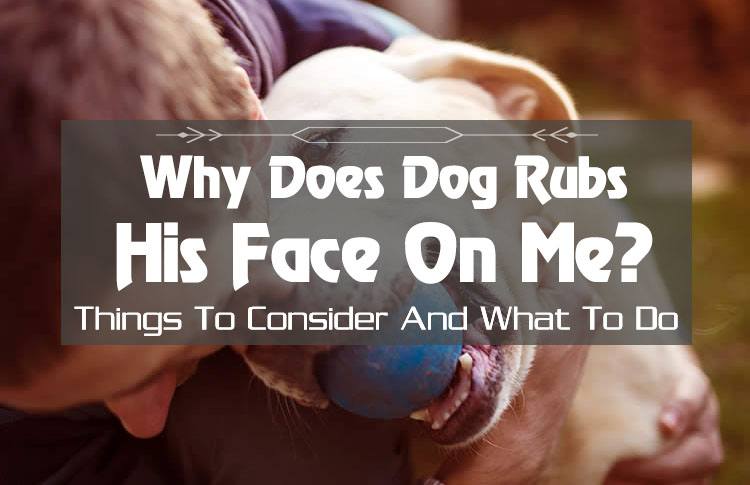Dogs chase their shadows due to their instinctual prey drive and natural curiosity. While occasional shadow chasing can be normal for an active dog, persistent or excessive shadow chasing may be considered abnormal behavior and could indicate underlying issues. This behavior can be an outlet for their energy or a sign of underlying issues. In this article, we explore why do dogs chase their shadows and how to handle this behavior effectively.
Key Takeaways
- Dogs chase shadows due to instinctual prey drive, curiosity, and boredom. This behavior is common in breeds with high prey drives, like Border Collies.
- While shadow chasing can be playful, it can become problematic and lead to obsessive-compulsive behaviors if not managed properly.
- Preventing shadow chasing involves providing regular exercise, mental stimulation, and redirecting energy into healthier activities like interactive toys and social play. Managing this behavior is important for maintaining the dog’s quality of life.
The Instinct Behind Shadow Chasing
Dogs have a dog’s natural prey drive, inherited from their ancestors, which compels them to pursue moving objects like shadows. This behavior is especially common in herding and hunting breeds.
Dogs chase shadows for various reasons, including instinctual behaviors, curiosity, and the need to release pent-up energy. A dog’s interest in moving shadows can trigger this behavior, as their attention and fascination with the movement often lead them to chase. Additionally, a dog chase shadows can be a playful activity that entertains them.
How Prey Drive Influences Behavior
A dog’s natural prey drive is the primary force behind their inclination to chase moving objects, including shadows. This instinct is especially strong in breeds known for their high prey drive, such as Border Collies and German Shepherds. For example, a border collie may display obsessive shadow chasing due to its intense prey drive and need for mental stimulation. These dogs have active minds and bodies, often leading them to develop obsessive behaviors like chasing shadows spurred by light reflections.
Engaging in shadow chasing fulfills a dog’s instinctual need to hunt and capture prey. While this behavior might seem harmless initially, it can become obsessive, especially in dogs with a strong prey drive.
Curiosity and Exploration
Curiosity and exploration significantly influence why dogs chase shadows. Naturally curious, dogs are driven to explore their environment and investigate new stimuli. Shadows, with their unpredictable movements, can appear intriguing or even somewhat frightening to them. Many owners have noticed their dog becoming fixated on moving shadows, which is often the first sign of this behavior.
This curiosity can lead them to spending time and energy chasing after these elusive shapes, adding an element of mental stimulation to their daily human life, which they may come to wonder about and become obsessed with, like a ball, and they may eventually come to a point where they sign leads become interested in playing it, making sense.
Energy Release and Boredom
Boredom often triggers shadow chasing in dogs. In environments lacking engaging activities, they may turn to this behavior to release pent-up energy. Without enough physical exercise or mental stimulation, dogs can become bored and find ways to entertain themselves.
In these cases, increasing a dog’s physical activity is crucial. Regular exercise reduces their inclination to chase shadows and keeps them healthy and happy. Activities like agility training, fetch, and especially a 45-minute to hour walk each day can provide the necessary outlets for their energy, reducing boredom-induced shadow chasing.
When Shadow Chasing Becomes Problematic
While occasional shadow chasing might seem harmless, it can develop into a serious form of obsessive-compulsive disorder in dogs. Persistent shadow chasing can indicate underlying behavioral disorders such as anxiety or compulsive behavior. When left unchecked, this behavior can significantly impact a dog’s quality of life, leading to frustration and stress.
Signs of Obsessive Behavior
Normal shadow chasing is typically brief and sporadic. However, when this behavior becomes compulsive, it persists for extended periods without interruption. Signs of obsessive shadow chasing include:
- Long periods of chasing, during which the dog forgets everything else around them
- Abnormal behaviors such as staring at walls for hours
- Following glints of light obsessively
Many dog owners mistakenly believe that shadow chasing is simply a playful activity. However, ignoring this behavior can reinforce it, leading to increased intensity over time. It’s crucial to recognize these signs early and address them before they develop into more serious issues.
Impact on Dog’s Quality of Life
Compulsive shadow chasing can create a feedback loop of stress and anxiety, deteriorating a dog’s overall well-being. While it might appear as playful fun, it can escalate into compulsive behavior if not properly addressed. Many people overlook the potential for shadow chasing to develop into anxiety or compulsive disorders, misinterpreting it as mere entertainment.
Ignoring shadow chasing can lead to long-term behavioral problems for dogs. If the behavior started several months ago and continues, it may require intervention, as such issues typically do not resolve on their own. It’s important to manage this behavior effectively to ensure the dog remains happy and healthy.
Veterinary Behaviorist Consultation
When shadow chasing becomes severe, consulting a veterinary behaviorist is essential. Veterinarians can assess the behavior to identify any underlying medical or behavioral issues and recommend appropriate behavior modification techniques or medication if necessary.
Consulting a veterinarian about shadow chasing behaviors is crucial before implementing any changes. Verification of the veterinary behaviorist’s credentials, including license verification and peer reviews, is important to ensure you are working with a qualified and trustworthy professional.
Preventing and Managing Shadow Chasing
Preventing and managing shadow chasing requires a mix of redirection techniques, increased physical exercise, and enhanced mental stimulation to catch it before it could become worse with the addition of distracting lights. It is important to consistently train your dog to ignore shadows using positive reinforcement and patience.
Engaging dogs in healthier activities can reduce the likelihood of obsessive shadow chasing. Do not leave dogs to their own devices, as this can reinforce unwanted shadow chasing behavior.
Redirection Techniques
Redirection techniques manage shadow chasing by engaging dogs in alternative activities. For instance, using a chew or treat can distract a dog from chasing shadows while dining out. Using treats as positive reinforcement when redirecting a dog’s attention away from shadows helps reinforce calm behavior and provides mental stimulation. Training sessions that provide healthier engagement methods can also help redirect focus from shadows.
To manage a dog’s behavior effectively:
- Make light reflections less accessible.
- Reinforce calm behavior.
- Use games like fetch or hide-and-seek to channel a dog’s energy instead of chasing shadows.
- Avoid laser pointers, as they can exacerbate the behavior.
Increasing Physical Exercise
Regular physical exercise is crucial in reducing the urge to chase shadows. Dogs should have 45 minutes to an hour of exercise daily to help alleviate obsessive behaviors. Activities like long walks, off-leash play, and agility training can provide the necessary outlets for their energy.
Using a backpack filled with weight during a walk provides both physical and mental stimulation. Regular walks that require the dog to stay by the owner’s side can mentally exhaust them and reduce shadow chasing.
Enhancing Mental Stimulation
Mental stimulation is vital for dogs, especially those prone to obsessive behaviors like shadow chasing. Healthy play routines, such as puzzle toys, scent games, and food-dispensing toys, can engage a dog’s mind without encouraging obsession. These activities can also serve as alternatives to feeding for engaging your dog’s attention and redirecting their focus away from compulsive behaviors.
Scent games mimic the thrill of the chase without causing frustration, making them particularly beneficial. Interactive toys like puzzle and food-dispensing toys engage the dog’s mind and prevent the development of compulsive behaviors.
Alternatives to Shadow Chasing
Providing healthier alternatives to shadow chasing is crucial in managing this behavior. Options like flirt poles, interactive toys, and social playdates can satisfy a dog’s natural instincts and need for activity. These activities are especially effective because they engage the dog’s natural prey drive in a healthy and constructive way.
Flirt Poles for Safe Play
Flirt poles provide a safe option for fulfilling a dog’s instinct to chase. They are a great alternative to using laser pointers, allowing dogs to engage in chase activities while actually catching a target, promoting physical exercise and coordination.
Interactive Toys and Games
Interactive toys keep dogs mentally and physically engaged, significantly reducing their inclination to chase shadows. Squeaky and food-dispensing toys appeal to a dog’s natural instincts while keeping them occupied and reducing their focus on light or shadow chasing. Some toys are designed to encourage dogs to focus on the ground, redirecting their attention away from shadows and onto the surface where they play.
Tug-of-war toys engage dogs in physical activity while also strengthening the bond between dog and owner. By redirecting their energy into interactive play, these toys provide a healthier outlet and can significantly mitigate behaviors like shadow chasing, which dogs have often played with.
Social Interaction with Other Dogs
Engaging with other dogs provides both physical activity and mental stimulation, helping to alleviate boredom and promote well-being. Well-socialized dogs adapt more easily to new experiences and environments, enhancing their overall behavior and reducing anxiety.
Regular interaction with other dogs helps reduce anxiety and fear, making them more adaptable to new environments. Socialized dogs generally exhibit fewer aggressive behaviors and adapt more easily to grooming and vet visits.
Common Misconceptions About Shadow Chasing
Several misconceptions about shadow chasing need to be addressed. Many people believe it’s just a harmless game or that only certain breeds are prone to this behavior.
Recognizing these myths is crucial for effective management.
It’s Just a Game
Light-chasing behavior can lead to serious issues for dogs, such as developing obsessive behavior patterns. While shadow chasing may seem like harmless fun, it can have more serious implications, especially when dogs chase light.
Dog owners need to manage shadow chasing behavior properly to avoid negative impacts on their dog’s quality of life. What appears to be a cute or funny activity can quickly escalate into a problematic obsession. Experts can respond to owners’ concerns about shadow chasing by providing prompt guidance and advice on how to address and manage this behavior.
Only Certain Breeds Chase Shadows
The tendency to chase shadows is not limited to specific breeds; any dog can exhibit this behavior under the right circumstances. While breeds like Border Collies are known for their high prey drive, shadow chasing can occur in any dog.
Recognizing that this behavior isn’t exclusive to any particular breed and can affect many dogs is crucial. Reading comments from other dog owners can also help you understand how common shadow chasing is in different breeds.
Summary
Shadow chasing might look entertaining, but it reveals a lot about your dog’s instincts, curiosity, and need for mental and physical stimulation. Most of the time, it’s just harmless fun—but when it becomes frequent or obsessive, it may signal boredom, anxiety, or a need for more enrichment. With the right mix of exercise, attention, and positive redirection, you can help your dog stay happy, balanced, and shadow-free.
Curious about more fascinating dog behaviors and what they really mean? Explore our full collection of dog behavior guides to better understand your pup’s quirks and keep them healthy, playful, and thriving.
Frequently Asked Questions
Why does my dog chase shadows?
Your dog likely chases shadows because it’s a way to channel their natural curiosity and prey drive, plus it helps them burn off some excess energy. It’s their instinct kicking in!
Similarly, cats often chase laser pointers for exercise and mental stimulation, showing that both dogs and cats have playful behaviors driven by their instincts.
Can shadow chasing become a problem?
Absolutely, shadow chasing can become a real issue if it escalates, potentially leading to obsessive-compulsive behaviors that harm your dog’s well-being. It’s important to address it early to ensure your furry friend stays happy and healthy.
How can I stop my dog from chasing shadows?
To stop your dog from chasing shadows, try redirecting their attention with toys or activities, and make sure they’re getting plenty of physical exercise and mental stimulation. Keeping them engaged will help curb that shadow-chasing behavior!
Are certain breeds more prone to shadow chasing?
Yes, breeds with high prey drives, like Border Collies, tend to be more prone to shadow chasing, but any dog can show this behavior.
Should I consult a vet if my dog chases shadows obsessively?
Absolutely, it’s a good idea to consult a vet if your dog is obsessively chasing shadows. They can help identify any underlying issues and suggest the best treatment options.




